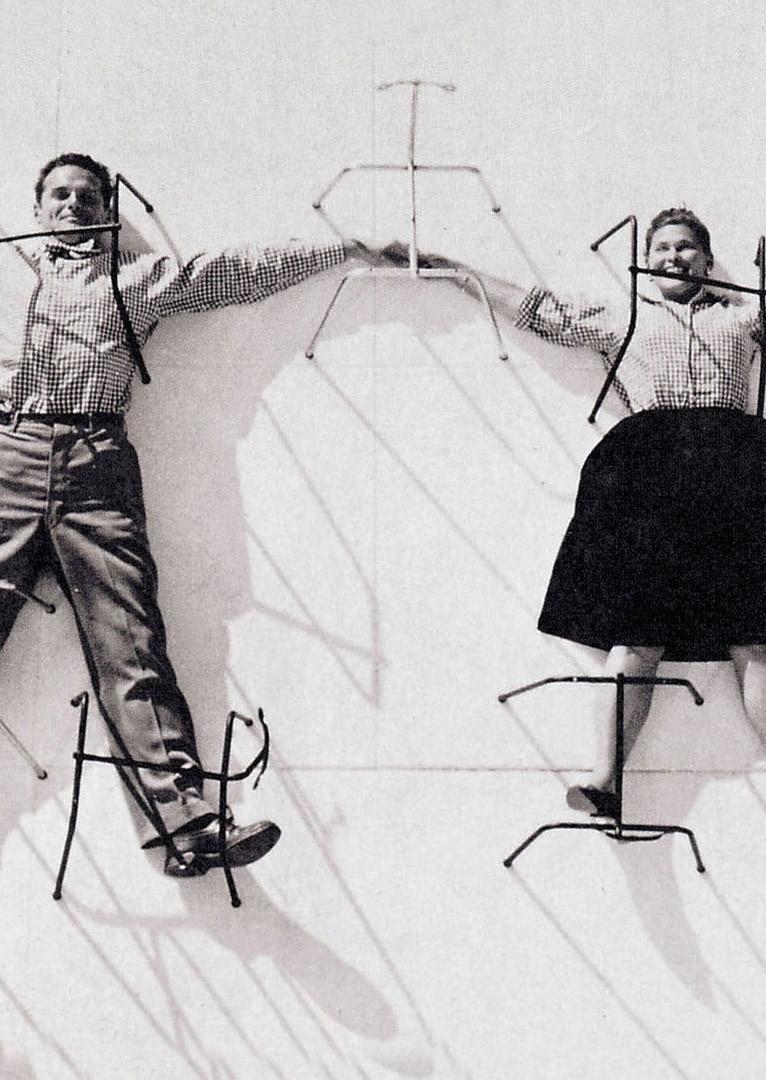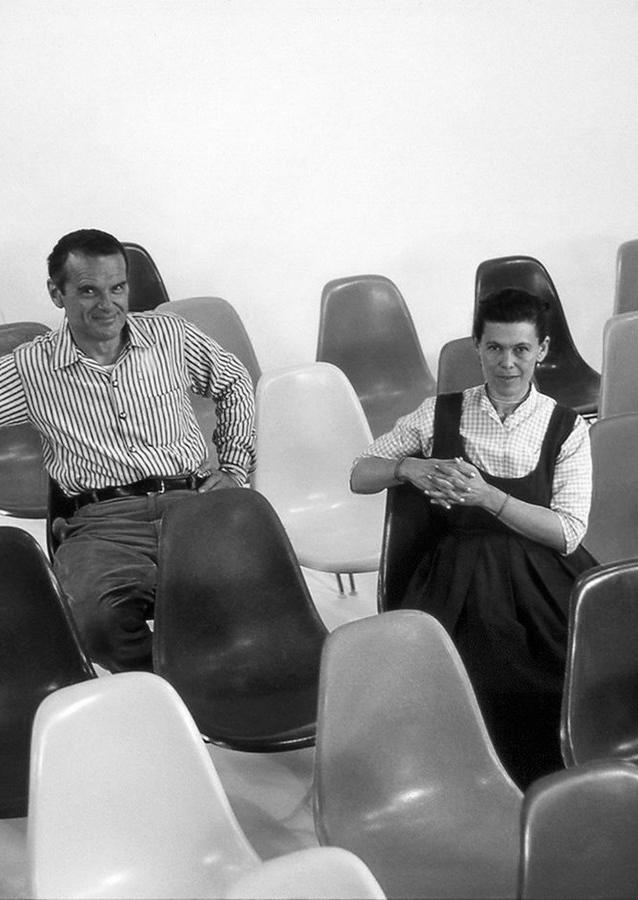the EAMES




Charles and Ray Eames were an American design couple who made significant contributions to modern architecture and furniture design. Charles Eames (19071978) was an architect and furniture designer, while Ray Eames (1912-1988) was a painter, graphic designer, and furniture designer. The couple worked together in a wide range of fields, including furniture design, graphic design, industrial design, photography, and film.

Charles Eames began his architectural study after he was awarded a scholarship to study in his hometown at Washington University in St. Louis. However, after just two years at the university, he left, at least in part due to the school's teaching: he once described how classical architectural training "forces upon the young designer a system of the sterile formula," and a teacher reportedly claimed that he was "too modern."
modern.”

Nicknamed Ray-Ray by her family, Bernice Alexandra Kaiser was born in Sacramento, California. Her artistic talent was recognizable from a young age, so after high school Ray left California to study in New York City with German Abstract Expressionist Hans Hofmann. She then went on to study at the Art Academy in Cranbrook, where Charles was one of her teachers.

They initially supplied the American Navy with leg splints and stretchers during World War II, and following the war, they took what they had learned about molded plywood and applied it to their groundbreaking furniture designs. Their furniture made of cast aluminum, fiberglass-reinforced plastic, wire mesh, and molded plywood was distributed by Herman Miller and brought their studio international acclaim.

For decades within the Eames Office, knowledge and experience continuously built upon previous projects, materials were seen for their inherent worth, and iteration honed all ideas into practical forms. “901,” the Eames Office’s workspace, further enabled the iterative, hands-on design process of Charles, Ray, and their staff.

Overall, the Eameses’ legacy is characterized by their commitment to innovative design, their willingness to explore new materials and techniques, and their desire to make design accessible to a wider audience. Their work continues to influence and inspire designers and artists around the world